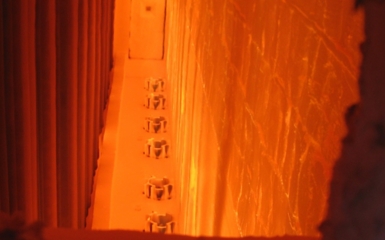When it comes to managing emissions of volatile hydrocarbon vapors, the choice between Vapor Combustion Units (VCUs) and Vapor Recovery Units (VRUs) is a critical decision. We will explore key considerations to help you determine which system is the right fit for your specific operation.
Throughput and Return on Investment (ROI)
One of the most crucial factors to consider when choosing between VCUs and VRUs is the throughput of your facility. VRUs offer a significant advantage when dealing with high-throughput operations. The more product you load, the greater the opportunity for a return on investment. VRUs are particularly beneficial in situations where a quick payback period is desired. The analysis often involves evaluating how long it will take to recoup the initial investment.
For instance, large marine applications or facilities with high volumes benefit greatly from VRUs. VRUs can quickly pay for themselves, especially when even a small percentage of recovery translates into significant savings.
Application and Process Flexibility
Consider the nature of your operations and the types of products you handle. VCUs are known for their simplicity and can handle a wide range of products, making them flexible in terms of the substances they can combust. They are often used in situations where the product composition may vary.
However, VRUs might have some restrictions due to the recovery process. This means that if you need the flexibility to handle different types of products or loading scenarios, VCUs might be a more suitable choice.
Initial Cost and Simplicity
The upfront cost of the system is another critical factor to consider. VCUs typically have a lower initial investment compared to VRUs. They are simple in design and require less equipment and infrastructure. If your budget is limited or you’re looking for a cost-effective solution, VCUs might be the better option.
Regulatory Compliance and Hazardous Areas
When it comes to regulatory compliance and safety, both VCUs and VRUs have their considerations. VCUs need to be installed in non-hazardous areas due to the open flame used for combustion. This can sometimes present challenges in finding suitable locations, especially in densely populated facilities with limited space.
VRUs, on the other hand, can be installed virtually anywhere, even in hazardous areas. This flexibility can be a significant advantage, allowing you to optimize the placement of your emission control system without compromising safety.



